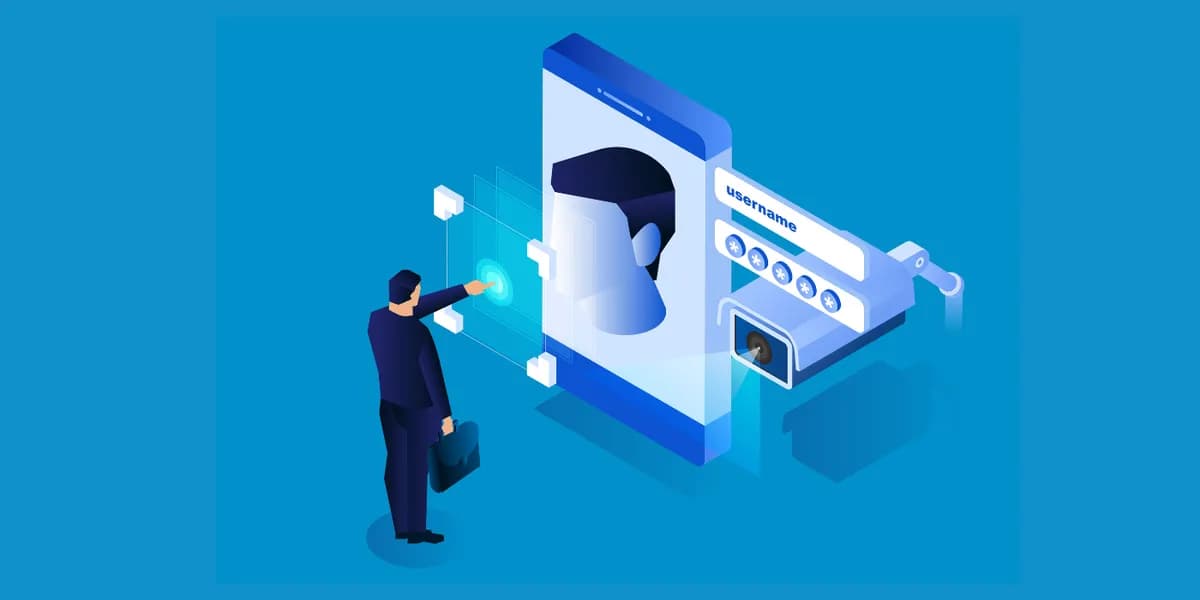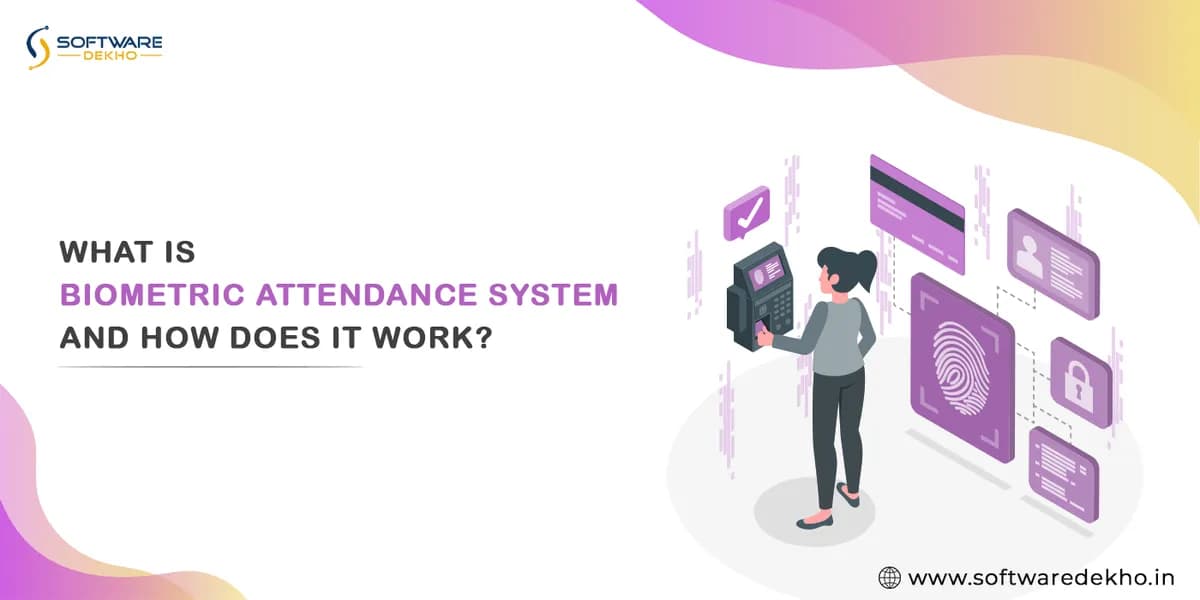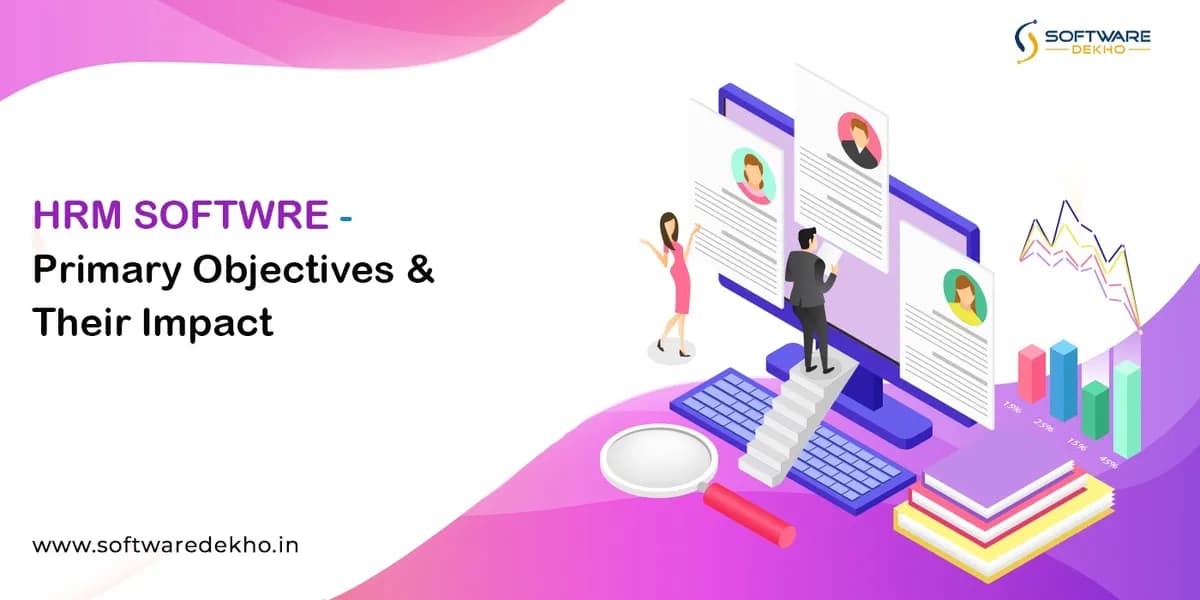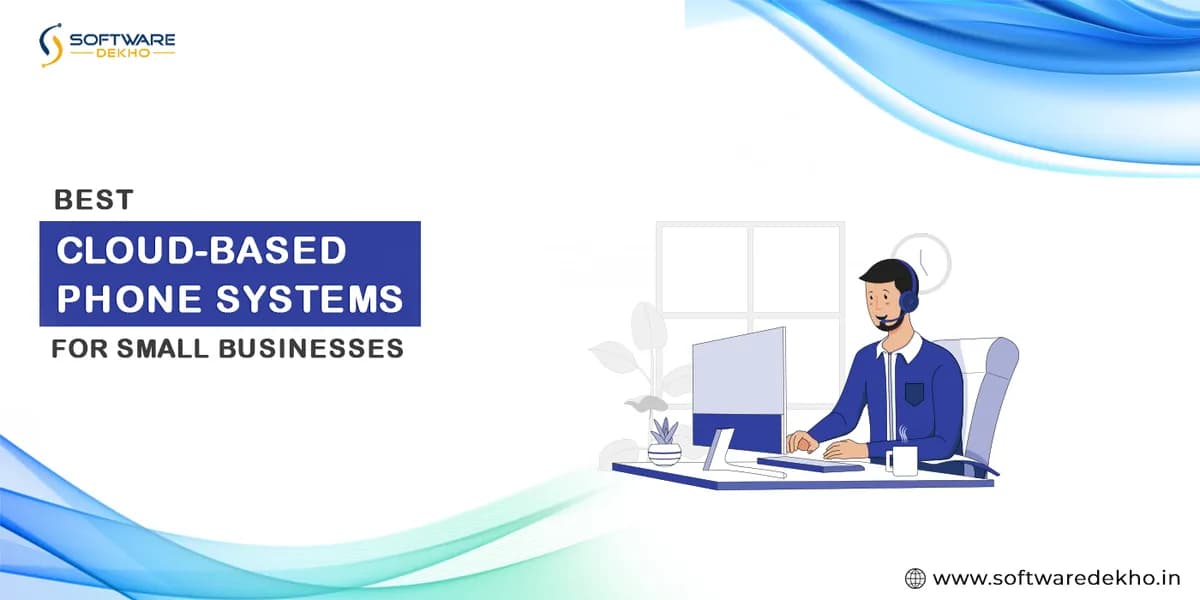What is Biometric Attendance System and How Does it Work?
For decades, businesses turned to traditional methods like paper punch cards and manual sign-in sheets to track employee attendance. However, these methods are often prone to inaccuracies and administrative burdens. So, companies are constantly seeking ways to improve efficiency and enhance security nowadays. This is where biometric attendance systems can help.
Biometric attendance systems use unique biological identifiers like fingerprints, facial features, or iris patterns, to verify your employee's presence. This technology offers a shift in timekeeping and provides several benefits for businesses of all sizes.
What is Biometric Attendance System
Biometric attendance systems use the power of human uniqueness. We all possess distinct biological characteristics that can be used for identification purposes. These systems make use of these identifiers through a series of integrated components. Have a look:
Enrollment Terminals: During the initial setup, your employees will visit designated enrollment terminals. These terminals capture their biometric data (fingerprint, facial image, etc.) as required and securely store it within the system's database.
Scanners: Time clock terminals have specialised scanners designed to capture the chosen biometric identifier (fingerprint scanner, facial recognition camera, etc.) at the time of clocking in or out. So, you can know when an employee is checking in or out.
CPU: The Central Processing Unit is the brain of the system. It receives the captured biometric data from the scanner and converts it into a mathematical representation. It is called a template.
Database: The secure database stores the biometric templates of all enrolled employees in your company.
Verification Software: Biometric attendance software compares the captured template from the scanner against the corresponding employee's template stored in the database.
User Interface: A user-friendly interface on the terminal displays the verification results and facilitates clocking in/out functionalities for you.
The Step-by-Step Breakdown
The following are the steps involved in the clocking-in process with a biometric attendance system:
Identifying the Employee:
Your employee will approach the designated time clock terminal. They will then identify themselves using a PIN, ID card, or another pre-configured method.
Capturing the Biometrics:
The employee presents their chosen biometric identifier (finger, face, etc.) to the scanner. The scanner then reads the data and sends it to the CPU (central processing unit).
Template Conversion:
The CPU uses different algorithms to convert the captured biometric data into a unique template, as mentioned above.
Recording the Attendance:
The CPU compares the newly generated template with the employee's stored template in the database. If there's a successful match, the system acknowledges the verification and records the time and date of the clock-in.
Note: If there is a mismatch, the system asks the employee to try again or alerts designated authorities.
Why Biometric Attendance Systems Revolutionise Workplaces?
Biometric attendance systems offer a compelling alternative to traditional attendance tracking methods, providing a range of advantages for business owners:
Improved Accuracy:
Biometric identifiers are unique to each individual. So, they eliminate the possibility of "buddy punching" and ensure accurate timekeeping records.
Reduced Burden:
Paperwork becomes a thing of the past. Attendance data is now captured electronically and automatically stored in a centralised database. This frees up valuable time and resources for HR personnel and managers.
Improved Security:
Biometric systems provide an additional layer of security by restricting unauthorised access to buildings and sensitive areas. You can also integrate access control features with the system, allowing entry only to verified employees.
Real-Time Insights:
Attendance data captured by the system is readily available for analysis. The system lets you generate reports, identify trends, and make better decisions regarding staffing, scheduling, and payroll.
Reduced Time:
The convenience and accuracy of biometric systems deter time theft. It leads to a more productive workforce. Employees are less likely to engage in practices like arriving late or leaving early without proper clocking out.
Employee Satisfaction:
Biometric systems offer a faster and more convenient way for employees to clock in and out. The attendance process is so easy and reduces frustration with manual methods.
Integration:
Many biometric attendance systems integrate seamlessly with existing HR Software as well as Payroll Software. These systems help automate data transfer and improve workflow.

Security Considerations
Biometric attendance systems offer a range of benefits. But, security still remains a significant concern. Given the sensitive nature of biometric data, businesses implementing these systems must prioritise the following:
Secure Storage: Biometric data should be encrypted using robust security protocols. Store them on dedicated, secure servers to minimise the risk of unauthorised access or breaches.
Employee Consent: Inform your employees about the data collection process. Also inform them about the right to opt out of using biometrics for attendance tracking, if permitted by regulations.
Regular Audits: Conducting regular security audits of the biometric attendance system is vital. These audits can identify potential vulnerabilities in your systems and ensure ongoing compliance with security best practices.
Employee Training: Educating employees on the security protocols surrounding their biometric data and best practices for using the system promotes responsible usage and awareness.
The Future of Biometric Attendance Systems
Biometric attendance systems are constantly evolving with innovative technologies. These are intended to further enhance their functionality and user experience.
Multimodal Authentication:
Integrating multiple identifiers like biometric fingerprint attendance system, facial recognition, etc., can offer better security and accuracy. This approach provides additional layers of verification, making it even more difficult for unauthorised individuals to gain access.
Mobile Integration:
The convenience of mobile apps is likely to play a significant role in future attendance tracking. Biometric attendance systems could integrate with mobile apps with facial recognition or fingerprint scanning capabilities. These can allow employees to clock in and out remotely or on the go. This would be particularly beneficial for geographically dispersed workforces or field-based employees.
Advanced Wearables:
The rise of wearable technology like smartwatches with biometric sensors opens exciting possibilities for seamless integration with attendance systems. Employees can simply wear their smartwatches and have their attendance automatically tracked through built-in biometric sensors.
Accuracy and Speed:
As biometric technology continues to develop, we can expect even higher levels of accuracy and faster processing speeds. This will further enhance the user experience and the clocking-in/out process.
Security Features:
Advancements in encryption and data security protocols are crucial for building trust in biometric systems. Future developments might include decentralised storage of biometric data on blockchain technology, offering an additional layer of security and immutability.
Biometric attendance systems represent a significant leap forward in timekeeping technology. They offer a lot of advantages for both businesses and employees, promoting accuracy, efficiency, security, and better workflows. As the technology continues to evolve, we can expect even greater advancements in functionality, user experience, and security. Biometric attendance systems are undoubtedly poised to become the standard for modern workplaces, ushering in a new era of streamlined timekeeping and enhanced workplace security.
You must conduct thorough research and read user reviews to choose the best software for your needs. So, take a look at our website to understand better!
Let's Talk about Software!





